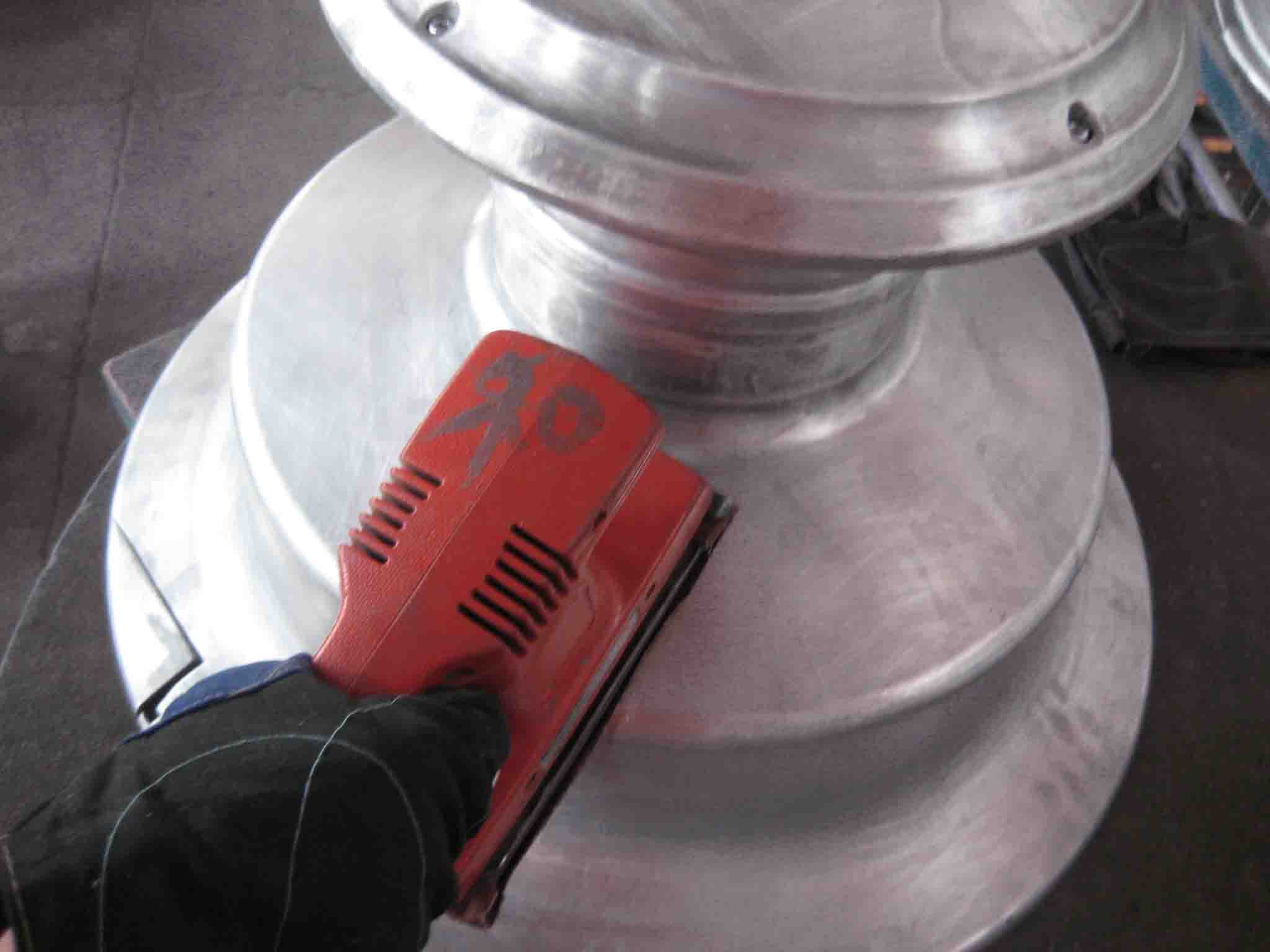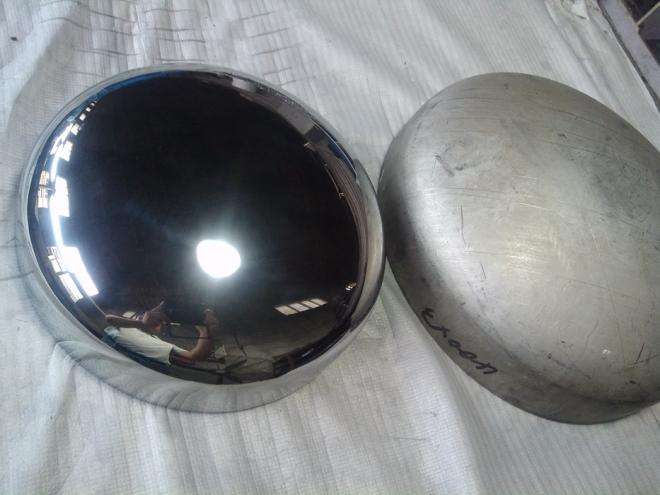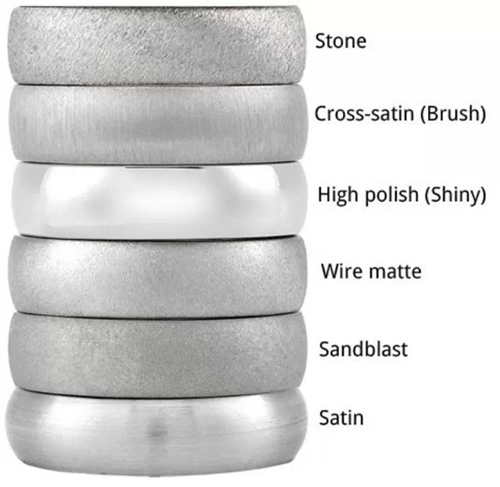Optimizing Aluminum Casting with Grinding, Mirror Polishing, and Deburring
Aluminum casting has become a cornerstone in modern manufacturing, with applications ranging from automotive to aerospace and consumer electronics. The versatility of aluminum as a lightweight yet durable material makes it a preferred choice for intricate designs and high-performance components. However, the quality and precision of aluminum castings are only as good as the finishing processes applied to them. Grinding, mirror polishing, and deburring are critical post-casting operations that not only enhance the appearance of cast parts but also ensure their functionality and longevity. This article delves into these processes while integrating key aluminum casting methods such as aluminum sand casting, gravity casting, permanent mold casting, low pressure die casting, and aluminum die casting.
The Importance of Finishing in Aluminum Casting
Casting aluminum parts involves various methods, each tailored to specific applications. Aluminum sand casting, for instance, is ideal for complex geometries and low-volume production, while aluminum die casting excels in high-volume manufacturing with tight tolerances. Regardless of the casting method—be it gravity casting for simple shapes or permanent mold casting for repeatable accuracy—the finishing stage is crucial in transforming raw castings into functional components.
Grinding, mirror polishing, and deburring are essential finishing techniques that address surface imperfections, improve dimensional accuracy, and enhance the overall aesthetic of aluminum castings. These processes are especially important in industries where precision and appearance are non-negotiable.
Grinding: Refining the Surface
Grinding is often the first step in the finishing process for aluminum castings. It involves using abrasive tools to remove excess material, smooth out rough surfaces, and achieve the desired dimensions. This process is particularly useful for removing casting defects such as flash, parting lines, or surface irregularities caused by the casting method:
Applications Across Casting Methods:
- In aluminum sand casting, grinding helps eliminate sand inclusions and surface roughness inherent to the process.
- For gravity casting and permanent mold casting, grinding ensures a uniform surface finish by addressing minor imperfections that arise during solidification.
- In aluminum die casting, where precision is paramount, grinding is used to fine-tune dimensions and prepare the part for subsequent finishing steps.
Tools and Techniques:
Depending on the complexity of the part, grinding may involve handheld tools for smaller areas or automated machinery for larger components. Advanced CNC grinding machines can achieve high levels of precision, making them indispensable in industries like aerospace and automotive.
Mirror Polishing: Achieving a High-Gloss Finish
Mirror polishing takes aluminum castings to the next level by creating a reflective, high-gloss surface. This process is not just about aesthetics; it also improves corrosion resistance and reduces friction in moving parts.
When to Use Mirror Polishing:
- Components produced via low pressure die casting often benefit from mirror polishing due to their application in high-performance environments like engines or hydraulic systems.
- Similarly, aluminum die casting parts used in consumer electronics or decorative applications require a flawless finish that mirror polishing can provide.
The Process:
Mirror polishing typically involves multiple stages of fine grinding followed by buffing with progressively finer abrasives. Polishing compounds are applied to achieve a smooth, reflective surface free from scratches or blemishes.
Benefits Beyond Aesthetics:
While the visual appeal of mirror-polished aluminum is undeniable, its functional benefits include improved heat dissipation and reduced wear in mechanical systems. This makes it a popular choice for components like reflectors, housings, and decorative trims.
Deburring: Ensuring Safety and Functionality
Deburring is a critical finishing step that removes sharp edges or burrs formed during the casting process. Burrs are unwanted projections of material that can compromise the safety, performance, and assembly of aluminum castings.
Relevance Across Casting Techniques:
- In aluminum sand casting, burrs often form at the parting lines or gating system and must be removed to ensure proper fitment.
- Gravity casting and permanent mold casting also produce burrs that can interfere with assembly or pose safety risks if left untreated.
- High-pressure methods like aluminum die casting may generate smaller burrs due to tighter tolerances but still require deburring for optimal performance.
Methods of Deburring:
- Manual deburring involves using files, blades, or abrasive pads to remove burrs by hand. This method is suitable for small-batch production or intricate parts.
- Automated deburring machines are ideal for high-volume production, offering consistent results with minimal labor input.
- Advanced techniques like thermal deburring use controlled explosions to vaporize burrs in hard-to-reach areas, making them particularly effective for complex geometries.
Impact on Functionality:
Proper deburring ensures that aluminum castings meet stringent quality standards. It prevents issues such as misalignment during assembly or premature wear in moving parts. Additionally, deburred surfaces reduce the risk of injury during handling or operation.
Integrating Finishing Processes with Casting Methods
The choice of finishing processes often depends on the casting method used and the intended application of the part. For instance:
Aluminum Sand Casting: Due to its rough surface finish, sand-cast parts often require extensive grinding followed by deburring to prepare them for use. Mirror polishing may be applied selectively for aesthetic purposes.
Gravity Casting: This method produces smoother surfaces than sand casting but still benefits from grinding and deburring to ensure dimensional accuracy and safety.
Permanent Mold Casting: The repeatable accuracy of this method reduces the need for heavy grinding but still requires deburring and optional mirror polishing for high-end applications.
Low Pressure Die Casting: Known for its excellent mechanical properties, this method often involves grinding to refine surfaces and mirror polishing to enhance performance in demanding environments.
Aluminum Die Casting: With its high precision and surface finish, die-cast parts typically require minimal grinding but benefit greatly from deburring and mirror polishing for premium applications.
Grinding, mirror polishing, and deburring are indispensable finishing techniques that elevate the quality of aluminum castings across various methods such as aluminum sand casting, gravity casting, permanent mold casting, low pressure die casting, and aluminum die casting. These processes not only enhance the visual appeal of cast parts but also improve their functionality, durability, and safety.
By investing in advanced finishing technologies and integrating them seamlessly into the production workflow, manufacturers can meet the ever-increasing demands for high-quality aluminum components in diverse industries. Whether it’s achieving a flawless mirror-like finish or ensuring burr-free edges, these finishing processes are key to unlocking the full potential of aluminum casting.
Product Pictures
 |  |  |